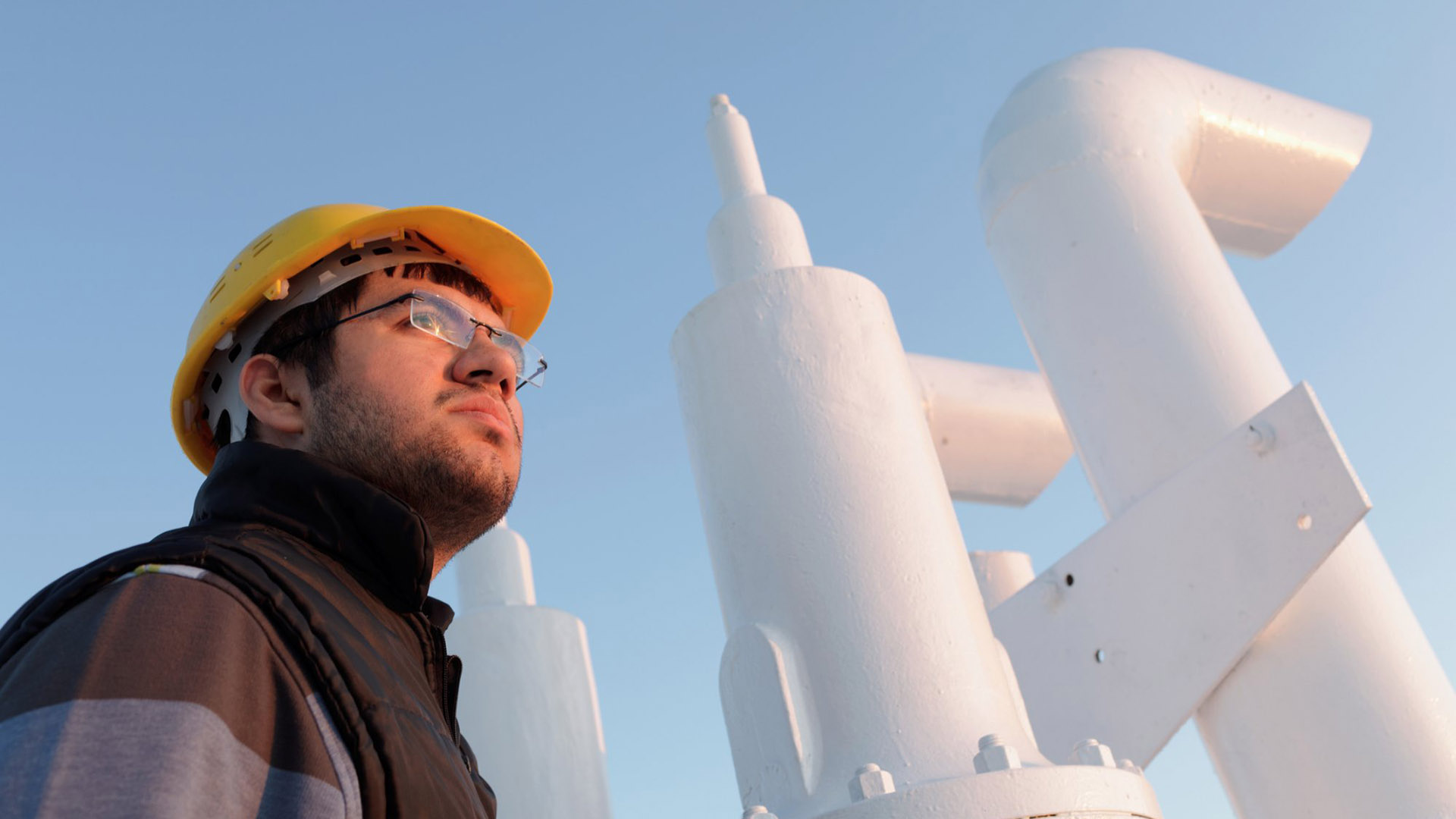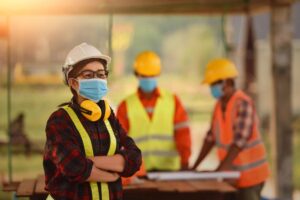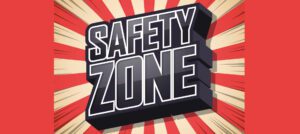
Let’s liberate ourselves from the BS. Many of us who try to make the safety programs work at our organizations are not dedicated safety professionals. We have what is commonly referred to as “a real job.” This is not meant to be offensive to trained and highly skilled safety folks, for whom safety is indeed the real job. More accurately, my point is that for some people, safety is a chore they’re required to do to be viewed as compliant. To them, it’s not as important as other responsibilities requiring their focus. Perhaps that’s because bad things seem to happen to other people, not to us—until they do, of course, and then we say it’s bad luck and life is unfair.
Living safely and helping others do the same is one reason we’re not extinct as a species. We seem to have a bit of a knack for not being consistently dead! Lots of research tells us that worker safety is dependent on behavior and human factors. Over the years, through all this research and experience, we’ve accumulated an awareness of things we need to pay attention to and look out for when it comes to safety. Here is my short list of long-sought-after safety principles:
Stay alert. It’s astonishing how many incidents occur that no one saw coming. In reality, how often are you surprised by something that you did see coming? A safety program can be hamstrung by two types of employees who lack alertness. There’s the obviously inattentive person, of course, but more difficult to identify are disengaged workers who don’t feel valuable. Often, these disengaged workers emotionally check out and become less aware. The warning here is that being an unhappy, miserable person (or working alongside of one) sets you up to be injured. So let’s all start smiling immediately!
Use the right tools. Sometimes using the wrong tools is easier than finding the right ones. A Japanese plant manager once told me, “We only have the right tools near the job site.” He also stated that if someone tried to use a screwdriver for a job that required a hammer, the employee had the wrong job and, in fact, should never have been hired.
Back your safety program. You cannot lead by example if you are a bad example. My high school shop teacher was missing two fingers. I guess he knew what to do; he just wasn’t very good at it! You reinforce your safety program by your own good example. Also crucial is a safety application or system (incident reporting software) that allows quick reporting of any unsafe behavior observed in the field. This kind of system keeps people tied more tightly to a culture of safety.
Get first aid immediately. It’s amazing how many relatively minor injuries become serious when people don’t pay attention to them. If you’re bleeding or limping, I have news for you: you’re hurt! We really must do away with the mindset that recordable incidents are some mark of failure. They’re designed to capture or record the circumstances leading to an incident (that’s why they’re called recordables) so improvements can be made.
Please get some help. When you’re 22 years old, you’re nearly indestructible (and also inexperienced, which can be a bad combination). When you’re 55, it’s possible to pull a groin muscle while changing channels using the TV remote. There is a reason we don’t have any 55-year-old quarterbacks in the NFL (though I did see what appeared to be the mummified remains of Vinny Testaverde having a great game not long ago, and Tom Brady could turn out to be an immortal magic robot). The important truth is that it takes more guts to ask for help than it does to say you don’t need any help! Remember, when you’re experienced, it’s your brain that has value—not just your brawn.
To live the lifestyle of someone who’s safe, looks out for others, and uses personal influence to move safety through the organization, it requires effort. But that “real job” of yours goes away if your organization’s safety record is so bad that you’re off the vendor list or the facility burns down. So, basically, the goal is to not be dead and have a job. That dual objective requires you to embrace a safe way of living, working, and interacting with others.
What’s more, you should give those safety professionals some love. (Let me be clear for the HR people: I’m not promoting any inappropriate physical embracing of safety professionals.) They’re simply trying to help you! They are not crazed profit-killers trying to shut down success. Some reasonably profit-minded executives have been known to respond to the mantra “Safety First” by saying, “The idea sounds wonderful, but we are not in the safety business. We are in the ‘making money’ business, and safety—though obviously important—is not our goal. The job we do is dangerous and incidents are to be expected.” That’s all well and good, and it makes perfect sense; we all know we have to take some risks to achieve success. And I agree that safety is not technically a goal when referring to business objectives. But you cannot reach a goal without specific tasks. And if those tasks are not completed in a style or manner that involves safety, then it obviously reduces your chances of success.
A safe lifestyle doesn’t mean you drive down the road in your Volvo wearing a fluorescent orange jacket and a helmet (though that’s not a bad idea on New Year’s Eve). It just means that a focus on safety is part of your natural consciousness. It’s the foundation that supports all your goals and allows you to live a lifestyle of awareness.






